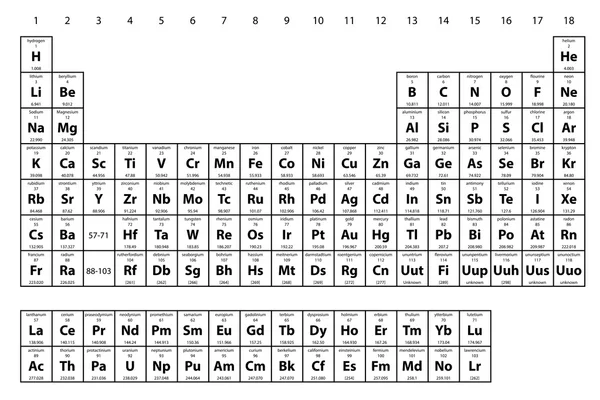
Recent advancements in nuclear science have resulted in a significant breakthrough: the successful creation of a new element, livermorium (element 116), by scientists at the Lawrence Berkeley National Laboratory. This milestone, announced at the Nuclear Structure 2024 conference, paves the way for potential synthesis of element 120, theorized to possess unique properties within the "island of stability."
The team of researchers employed a pioneering method using a beam of titanium-50 ions directed at a target of plutonium-244. This innovative approach marks the first use of titanium in the creation of livermorium. Over 22 days of experimentation, the team successfully produced two atoms of livermorium, demonstrating the rarity and complexity of synthesizing new elements.
Jacklyn Gates, a leading nuclear scientist at Berkeley Lab, highlighted the significance of this experiment, emphasizing that it had never been attempted before. The successful production of livermorium not only confirms the feasibility of using titanium beams but also sets the stage for future attempts to create element 120, which is expected to take approximately ten times longer to produce.
The creation of livermorium is more than just a scientific achievement; it opens the door to exploring heavier elements. If synthesized, element 120 would be the heaviest atom ever created and could reside in a region of the periodic table where superheavy elements are expected to have longer lifespans compared to previously discovered elements. This "island of stability" is a theoretical area where specific combinations of protons and neutrons may lead to more stable atomic nuclei, providing researchers with better opportunities to study these elements.
Reiner Kruecken, director of Berkeley Lab's Nuclear Science Division, remarked on the importance of this breakthrough, stating, "We needed nature to be kind, and nature was kind." The team is now preparing for the next phase of their research, aiming to begin the quest for element 120 as early as 2025.
The successful creation of livermorium has far-reaching implications for the periodic table. Discovering and synthesizing new elements allow scientists to expand our understanding of chemical behavior and atomic interactions. As researchers move closer to synthesizing element 120, they are not only adding to the periodic table but also enhancing our knowledge of atomic nuclei and their stability.
While the primary focus of synthesizing new elements like livermorium and element 120 is to advance scientific knowledge, these discoveries could also lead to practical applications. Superheavy elements may exhibit unique chemical and physical properties that could be harnessed in various fields, from advanced materials science to nuclear medicine. Understanding these properties is crucial for developing new technologies and solutions.
The synthesis of livermorium is a testament to the collaborative efforts in the field of nuclear science. Researchers from different institutions and countries often work together to achieve these breakthroughs. The combined expertise, resources, and innovative approaches are essential for overcoming the challenges associated with creating and studying superheavy elements.
These scientific advancements also have a significant impact on education and inspire the next generation of scientists. The discovery of new elements and the pursuit of understanding atomic structures stimulate interest in chemistry, physics, and related fields. Educational programs and outreach initiatives can leverage these discoveries to engage students and the public, fostering a deeper appreciation for science.
The journey to synthesize new elements like livermorium and the anticipated element 120 is a remarkable endeavor that pushes the boundaries of human knowledge. Each step forward not only enhances our understanding of the universe but also opens up new possibilities for scientific and technological advancements. As researchers continue their quest, the periodic table will evolve, reflecting the ever-expanding horizon of our scientific achievements.